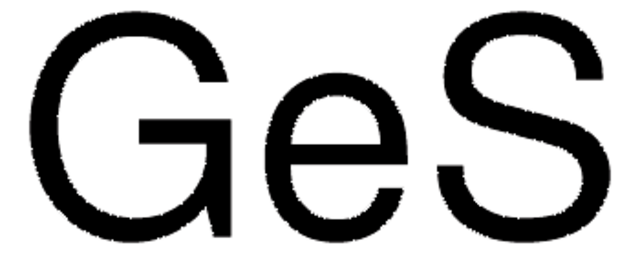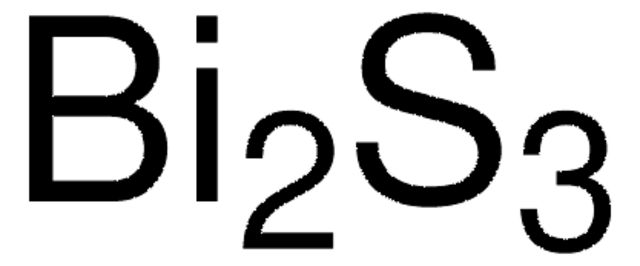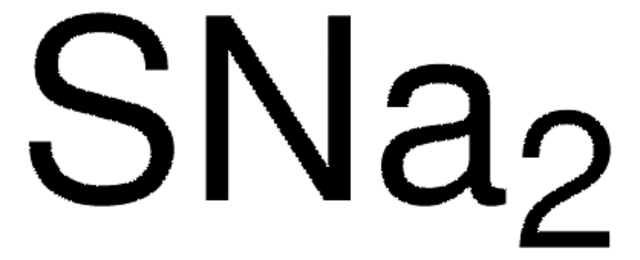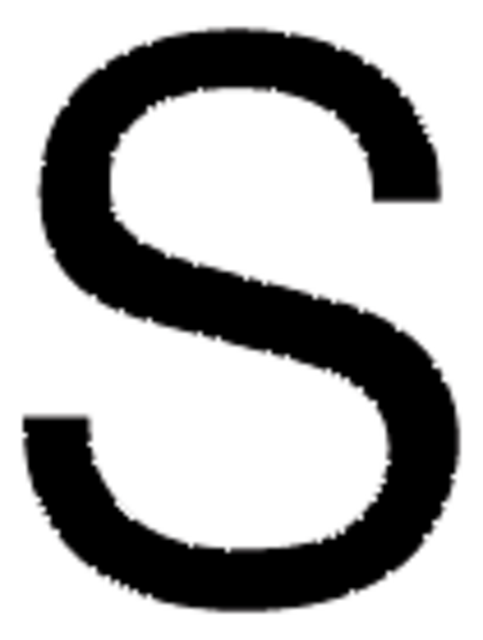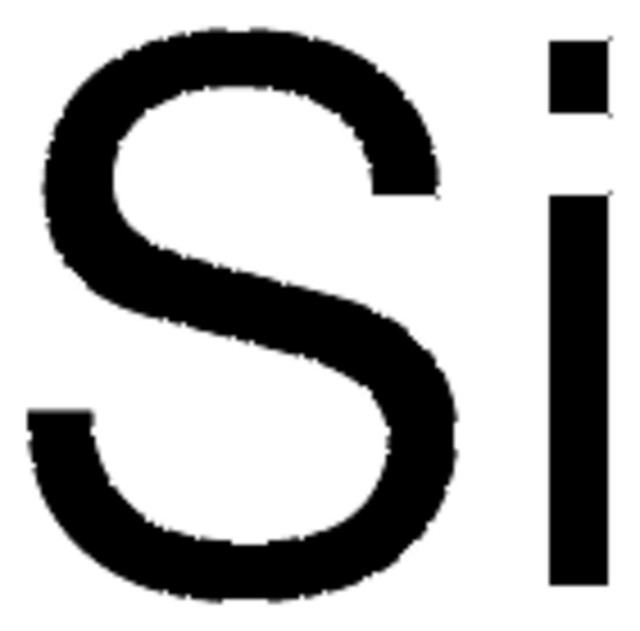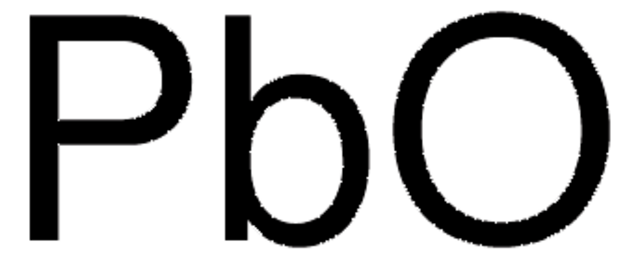おすすめの製品
詳細
Antimony(III) sulfide (Sb2S3) is a semiconductor material known for its unique optical and electronic properties, including a direct bandgap of approximately 1.7 eV, making it suitable for photovoltaic applications. Its high absorption coefficient enables effective light harvesting, which is advantageous in solar cells and photodetectors. Additionally, Sb2S3 exhibits promising thermoelectric properties, making it a candidate for energy conversion applications.
アプリケーション
- Thermal decomposition of tris(O-ethyldithiocarbonato)-antimony(III):特定の光学特性を示す材料の開発のために重要な、硫化アンチモン薄膜の単一源前駆体です(Eensalu et al., 2022)。
- Antimony sulfide as a light absorber in highly ordered, coaxial nanocylindrical arrays:再生可能エネルギーソリューションに関心のある化学者にとって意義のある、太陽電池デバイスへの硫化アンチモンの統合について議論しています(Wu et al., 2015)。
- Syntheses and characterization of one-dimensional alkali metal antimony (III) thiostannates:新奇な硫化アンチモン(III)化合物のエレクトロニクスおよびフォトニクスデバイスにおける使用の可能性について探索しています(Yohannan and Vidyasagar, 2015)。
- Antimony (III) speciation in hydrosulfide solutions:重金属の循環を研究する環境化学者および教育機関にとって重要な、硫化アンチモンの地球化学的挙動についての知見を提供しています(Olsen et al., 2019)。
シグナルワード
Warning
危険有害性情報
危険有害性の分類
Aquatic Chronic 3 - Carc. 2 - STOT RE 2
ターゲットの組織
Lungs
保管分類コード
6.1C - Combustible acute toxic Cat.3 / toxic compounds or compounds which causing chronic effects
WGK
WGK 2
引火点(°F)
Not applicable
引火点(℃)
Not applicable
個人用保護具 (PPE)
dust mask type N95 (US), Eyeshields, Gloves
適用法令
試験研究用途を考慮した関連法令を主に挙げております。化学物質以外については、一部の情報のみ提供しています。 製品を安全かつ合法的に使用することは、使用者の義務です。最新情報により修正される場合があります。WEBの反映には時間を要することがあるため、適宜SDSをご参照ください。
PRTR
第一種指定化学物質
労働安全衛生法名称等を表示すべき危険物及び有害物
名称等を表示すべき危険物及び有害物
労働安全衛生法名称等を通知すべき危険物及び有害物
名称等を通知すべき危険物及び有害物
Jan Code
229466-50G:4548173958637
229466-BULK:
229466-VAR:
229466-5G:4548173958644
この製品を見ている人はこちらもチェック
Justin Varghese et al.
Nano letters, 12(2), 868-872 (2012-01-25)
We report the first observation of piezoelectricity and ferroelectricity in individual Sb(2)S(3) nanowires embedded in anodic alumina templates. Switching spectroscopy-piezoresponse force microscopy (SS-PFM) measurements demonstrate that individual, c-axis-oriented Sb(2)S(3) nanowires exhibit ferroelectric as well as piezoelectric switching behavior. Sb(2)S(3) nanowires
C Tsopelas
Journal of nuclear medicine : official publication, Society of Nuclear Medicine, 42(3), 460-466 (2001-05-05)
Colloidal particle size is an important characteristic to consider when choosing a radiopharmaceutical for mapping sentinel nodes in lymphoscintigraphy. Photon correlation spectroscopy (PCS) and transmission electron microscopy (TEM) were used to determine the particle size of antimony trisulfide and rhenium
B Kalin
Acta radiologica. Supplementum, 385, 1-24 (1993-01-01)
Today bone marrow scintigraphy is performed by imaging either the reticuloendothelial system by means of colloids or the hematopoietic marrow with granulocytes. When visualizing the marrow with radiolabeled colloids most of the administered activity will be taken up by the
Chris Tsopelas
Applied radiation and isotopes : including data, instrumentation and methods for use in agriculture, industry and medicine, 59(5-6), 321-328 (2003-11-19)
The chemistry of antimony trisulphide colloid (ATC) was examined to elucidate the radiolabelling mechanism with 99mTcO4(-). Ion exchange chromatography and atomic absorption spectrophotometry techniques determined ATC to be resistant to hydrolysis in 0.1M hydrochloric acid (HCl) at 25 degrees C
Z Radovanovic et al.
European journal of surgical oncology : the journal of the European Society of Surgical Oncology and the British Association of Surgical Oncology, 30(9), 913-917 (2004-10-23)
Sentinel lymph node biopsy in breast cancer can be used to select patients in which axillary lymph node dissection could be avoided. In this study we compared the value of two methods for identification of sentinel node (SN) using either
ライフサイエンス、有機合成、材料科学、クロマトグラフィー、分析など、あらゆる分野の研究に経験のあるメンバーがおります。.
製品に関するお問い合わせはこちら(テクニカルサービス)




